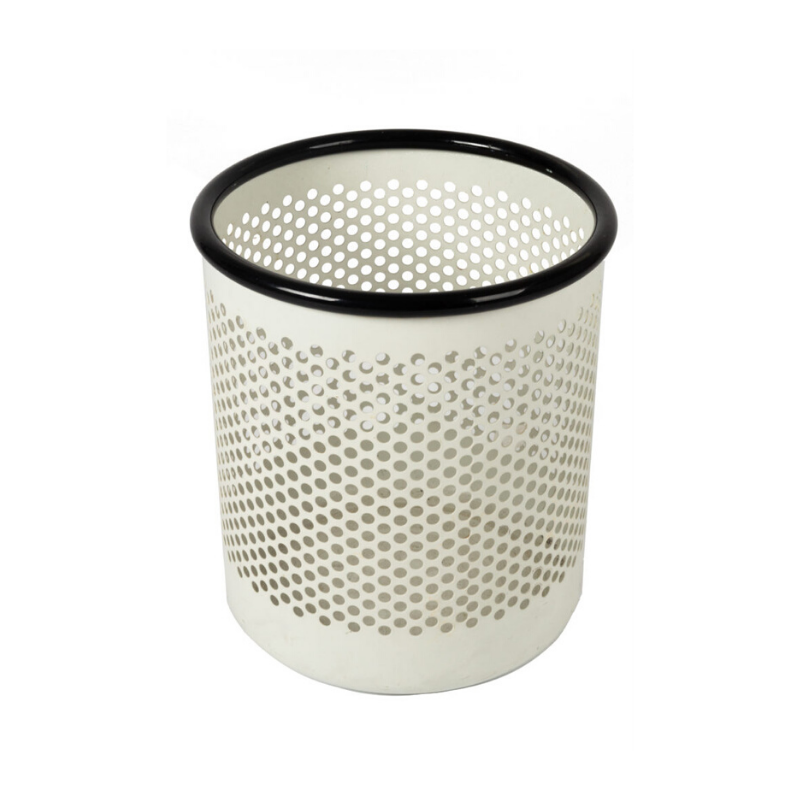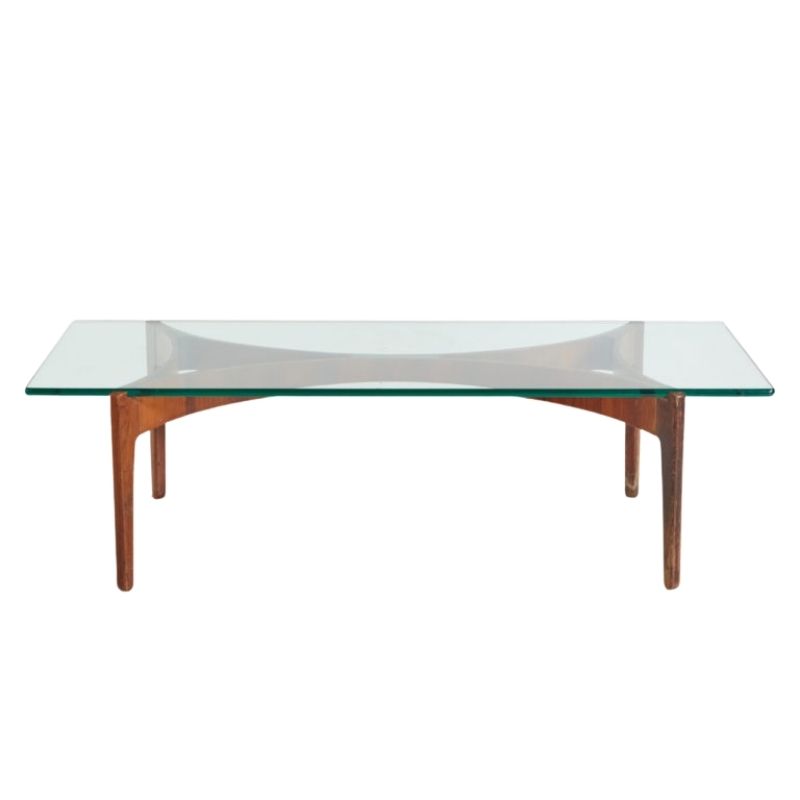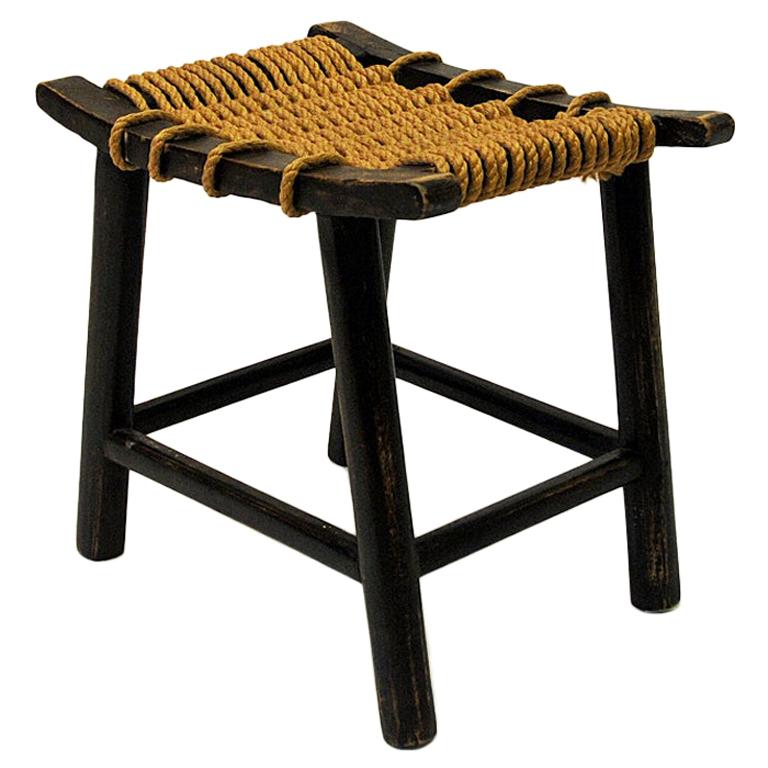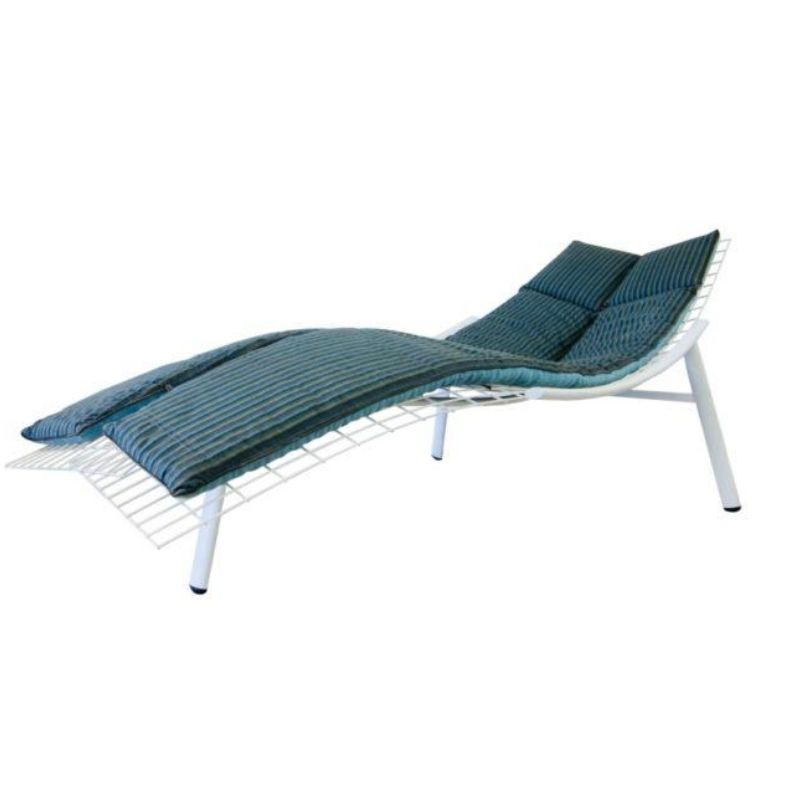cali4sun..,
"The beauty of design is some like it and some do not."
I always thought the beauty of design was an intention of design, one of its objectives, if you will, a part of its goal to create a functional product that is re-producible in small, or large runs for sale for sufficient profit to recover the investment, plus make some profit.
But now you have raised the notion that the act of design itself, and not the things designed, have beauty. I kind of agree.
But then you specify the beauty of the act of design not laying in how it is done, but in some liking the resultant product and some not.
Perhaps you meant that the beauty of freedom is that it lets some like a product and others not; this logic I could agree with.
Regardless, I know that if I were a designer, I would not find beauty in some liking what I do and some disliking it, unless I were perhaps a Zen master. I would seek to find, and make manifest, beauty in the solution and in the composition of materials, forms, textures, and colors that elegantly achieve an effective function that can be reproduced.
Unfortunately
Unfortunately Chewbacca, you grossly underestimate the impact the Eames' had and wildly overestimate Starck's.
The Eames gave us paradigm shifts in how we think about materiality. They brought about the reality of modularity. They brought about a new aesthetic that represented the cultural optimism and prosperity of post-war America and then revolutionized the way the world viewed that optimism. In short, they changed what we think about, and how we think about it.
Rarely does Starck venture past the ironic, the sarcastic, the pastiche. Rarely is his form beautiful, original, or well wrought. He has compared himself to a decorator, a person who makes designs for the moment, but nothing that is great and timeless.
Looking at the profusion of both designers work is simplistic and naive. Starck has access to the internet...and if mere volume were the status of greatness then WalMart would be MoMA.
VinnyV
Thanks for the correction. Epic similie.
Read Spenser, Milton, even Pope. But Milton was the acknowledged master of this literary device.
And, according to my long ago Milton professor, Milton and Pope later turned an Epic couplet, and epic similie in couplet form a number of times.
Terminology clarified.
Analogy stands.
.
I'm not sure you really know that much about the design industry DC, or technology. If you did you'd know that Kartell is renowned for producing plastic furniture and lab equipment. The chair is polycarbonate not steel tubing and given that I'm sure you aren't a plastics engineer you'd have no knoweldge of what sort of stress testing and modelling was undertaken prior to prototype or production, perhaps it isn't in production or has integral gussets that we just can't see.
Kartell have a reputation to protect and aren't going to fling something dangerous into the market.
I'm far more appreciative of a gut, emotional reaction to work of this sort, it is at least honest. The afficionados who express a quick opinion like that may be far more experienced and knowledable than you imagine.
Keep reading, start collecting or design something, it will help your analysis immensely.
opinions........
"Rarely does Starck venture past the ironic, the sarcastic, the pastiche. Rarely is his form beautiful, original, or well wrought."
that may be your opinion but it doesn't make it true..... design and art is highly subjective.
what about polycarbonate ? the ghost chair is a revolution in terms of material...... all on a single mold.
for the last time this is not a direct comparison saying eames and starck shared the same philosophies and any other similarity besides being the defining designer of their generation.
if not starck than who ?
I didn't say never
the ghost chair is one of his truly good pieces. As is the Hudson chair.
And secondly Chewie - Starck *himself* says that his things are not very good. That's his opinion, not mine.
Your argument about design being subjective is bogus and unbefitting a first year art/design student. People will always like bad things. That doesn't make those things good.
I'm not talking about styles or philosophies - I'm taking about the kind of radical shifts of perspectives that occur throughout history: Palladio changed how we think about space; Gutenberg changed how we distribute information; Michelangelo changed how we view the human body; Freud changed how we think about sex; Eames changed how we think about design; Apple changed how we think about music.
Stark is to Eames what Zune is to iPod.
http://www.youtube.com/watch?v=XnSoEJ7taio
Almost all of Starck's design...
Almost all of Starck's designs in the last 10-15 years or so have been about "putting a twist" on existing icons, that's pretty much all he does now and I also notice that the design credit on his recent designs is usually shared by someone else. The creative part of this guy's brain is emptier than the most neglected well on earth! He's just not able to come up with original designs anymore. He is not that relevant in today's design scene IMO.
If you need any help, please contact us at – info@designaddict.com









